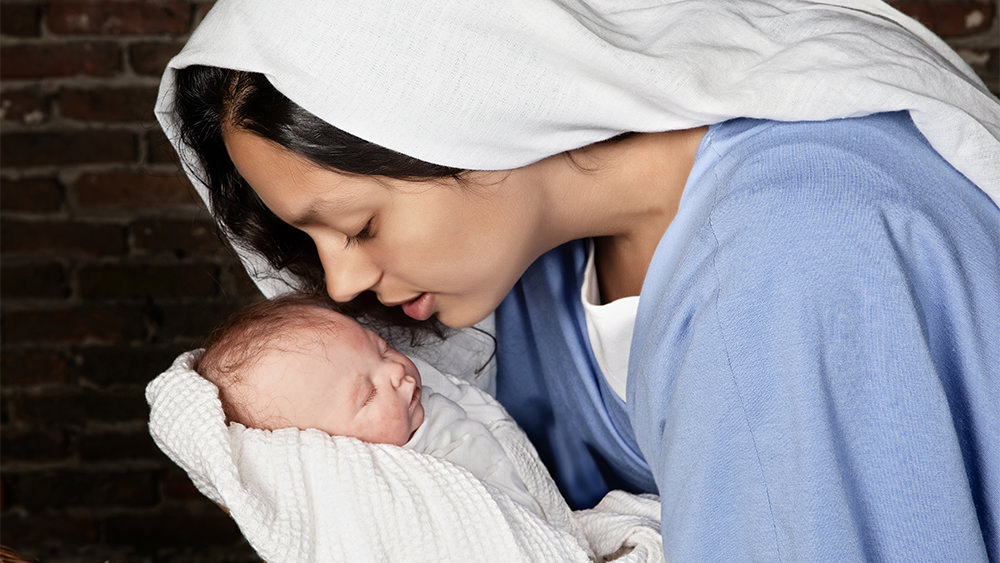Matthew 1: The Women in Jesus’ Family Tree
Matthew wrote his gospel to persuade the Jewish community to believe that Jesus was the Christ, the awaited Messiah. With this aim, he started his writing by recording the genealogy of Jesus that proved that He was a legal heir of David’s throne through His perceived father, Joseph. Although Jewish custom on writing genealogies rarely included female names, Matthew went out of his way to include five women in his list. Why?
The main and first reason is the fact that Matthew never wrote according to his own will, but was “moved by the Holy Spirit” (2 Peter 1:21). It was the will of the omniscient Spirit to perpetually include these women in the genealogy of the Son of God.
Subsequent reasons may be drawn by looking at each of these women.
- Tamar (vs. 3) is known as the daughter in-law of the Patriarch Judah (Genesis 38). By her own deceit, she also became entangled with Judah, and bore him twin sons. Although tainted with sin, she is mentioned for this connection with the head of the Israelite tribe from whom the Messiah was to come (Genesis 49:10).
- Rahab (vs. 5) was a Canaanite who devoted a great part of her life to immorality, but finally came to develop a unique faith (in the middle of a pagan people) in the promises made to Abraham. She is mentioned for her significant role in the conquest of the Promised Land from where the Messiah was to come (Joshua 2:9-11; 6:17,25).
- Ruth (vs. 5) was a poor Moabite widow who became a great woman in the land of the chosen people of God. Along with Esther, her “Cinderella-like” story is one of the most beautiful ever told in history. She is mentioned for her willingness to leave her people and gods, and rather, establish her faith in the God of Israel, His covenant, and His promises (Ruth 1:15-17).
- The wife of Uriah (Bathsheba, vs. 6) is known for the political adulterous scandal with King David—such a displeasing sin to God that, even though she was David’s wife when she bore Solomon, the Holy Spirit anonymously identified her in this genealogy with the name of the man whom she betrayed in that previous incident. She is mentioned for her connection with the greatest Israelite king from whose linage the Messiah was to come (2 Samuel 12:24).
- Mary (vs. 16) does not need an introduction for Bible students. And the reason for her name’s insertion is obvious: she was the special young lady God used to bring the Hope of Eternity to the world. Her life can be summarized in her own words: “Behold the maidservant of the Lord! Let it be to me according to your word” (Luke 1:38).
As a whole, the inclusion of these women in the genealogy of Jesus teaches that:
- “God shows no partiality. But in every nation whoever fears Him and works righteousness is accepted by Him” (Acts 10:34-35). “There is neither…male nor female; for you are all one in Christ Jesus. And if you are Christ’s, then you are Abraham’s seed, and heirs according to the promise” (Galatians 3:28-29).
- Even the Messiah’s linage was not free from sin and imperfection. The victory of the cross is not based on human merits, but on the merits of our “High Priest…, Who is holy, harmless, undefiled, separate from sinners, and [Who] has become higher than the heavens” (Hebrews 7:26).
- Salvation is not limited to one race, nation, or social status. The names of Rahab and Ruth—two gentile women (and probably Bathsheba) constitute a permanent testimony of the universally inclusive nature of the development and consummation of God’s redemptive plan through the Messiah (cf. Galatians 3:8).
- God can forgive every person and every sin. There is not a person in this world that the compassionate God is not willing to love, and there is not a sin in this world that the all-powerful God cannot forgive. He not only can forgive the sins of people who repent, but He can also give each person a special place in His family tree (1 John 3:1).
- He not only can use “the cream of the crop” (the “Marys”) of humanity to accomplish His plans; He can also use those who come back from the far country, the depths of sin, and the pigs’ pen. He can clean them and use them as “vessel[s] for honor, sanctified and useful for the Master, prepared for every good work” (2 Timothy 2:21).
Matthew finished recording the Savior’s “family tree” about 2,000 years ago, but God is still recording it today. Would you like to be included (cf. Revelation 3:5; 20:12-15)?
Copyright © 2015 by www.ebglobal.org.


